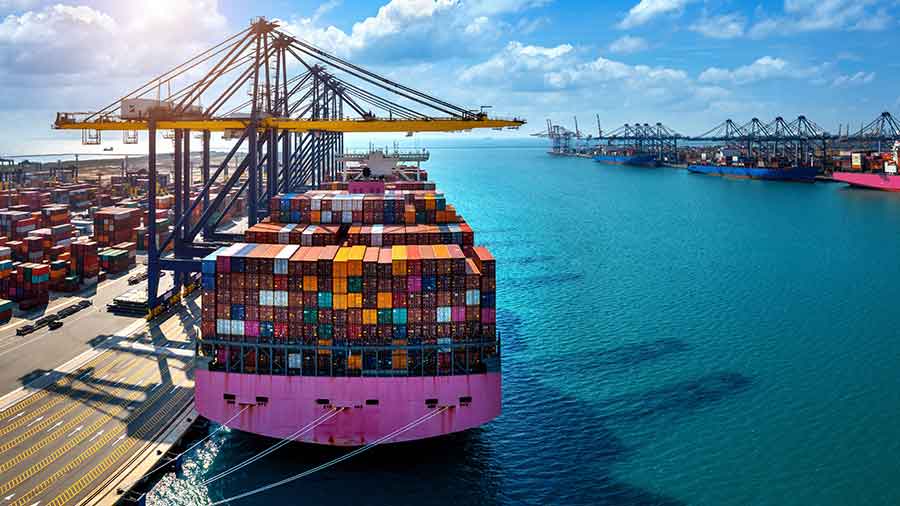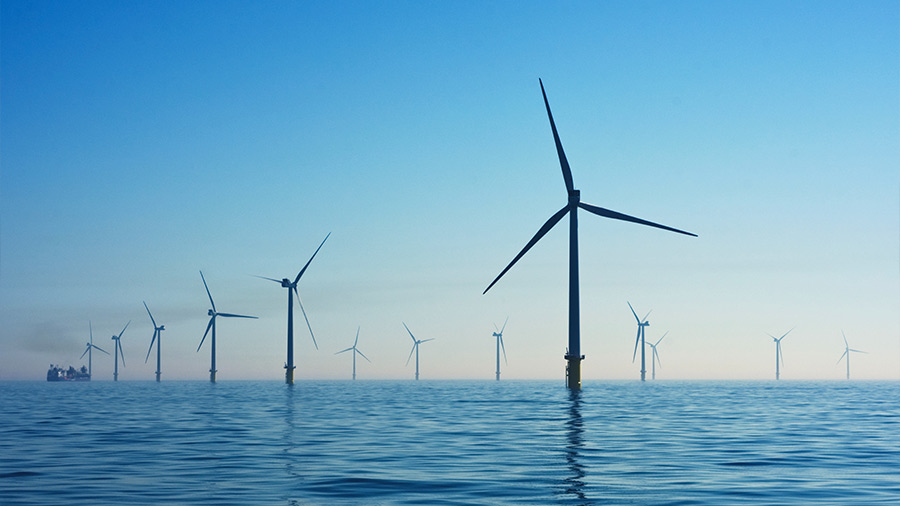Vietnam's cold storage industry is forecast to expand rapidly due to high demand, however, this expansion is limited by a scarcity of suppliers. Cold storage facilities with full services and organized cold supply chains are lacking. Vietnam Briefing provides an overview of the cold storage sector, including industry drivers, challenges, and market entry options for investors.
Vietnam's cold storage logistics industry is forecast to reach US$295 million by 2025, with a 12-percentage-point annual growth rate as per Cushman & Wakefield. Despite a rapid growth rate, the cold storage sector is still far from reaching its full potential. Vietnam only had 48 cold storage warehouses with a capacity of roughly 700,000 pallets as of May 2021. Only 8.2 percent of domestic food manufacturers used cold chain systems, while export manufacturers accounted for 66.7 percent in 2020.
What is cold storage?
In Vietnam, the cold storage business is still relatively new and growing. Cold storage warehouse, which is part of the cold chain, is a type of facility constructed with precise climatic conditions and additional maintenance to keep items safe at suitable low temperatures. That means that cold storage needs a stable power supply to prevent goods from being damaged.
The main types of cold storage include cryogenic storage, refrigerated storage, and cooling storage, which have different temperature ranges:
| Type | Temperature (in Celsius) |
|---|---|
| Cryogenic storage | -40 to -10 degrees |
| Refrigerated storage | -5 to +10 degrees |
| Cooling storage | +3 to +15 degrees |
Source: Cushman & Wakefield
Goods that are easily spoiled at normal room temperature and require cold storage are food, beverages, pharmaceuticals, chemicals, plants, and flowers, among others. The tenants of cold storage warehouses are often third-party logistics companies, cold storage logistics specialists, or supermarket chains.
In terms of operation, commercial cold storage and self-operated cold storage are the two main branches in Vietnam. In terms of location, cold storage is generally concentrated in clusters near industrial parks, rivers, and seaports. The industry in the Southern region is more developed, owing to the expansion of the fisheries and agriculture industries.
Due to its closeness to Ho Chi Minh City and its close connection to the Mekong Delta's agricultural production line, Long An province has a significant portion of the country's cold storage supplies. Meanwhile, the Northern region has also increased its capacity from 26,750 pallets in 2015 to 71,750 pallets in 2018.
Opportunities
The cold storage sector in Vietnam in the last two years has gained strong traction, driven by import and export orders for medicines and vaccines. Even after the pandemicis over, this growth rate will continue to be sustained by the advent of new treatments and advanced pharmaceuticals.
E-commerce and food delivery's rapid expansion are having a substantial influence on the cold storage market. According to the e-Conomy analysis by Google and Temasek, the e-commerce sector would reach US$15 billion by 2025.
Further, the increasing middle class with spending income provides customers with greater access to high-quality, fresh organic food. With improved export trade and transportation agreements, global demand for Vietnamese seafood is expected to rise in the coming years. The EU-Vietnam Free Trade Agreement (EVFTA) also contributes to the expansion, as the EU is a major importer of Vietnamese seafood (23 percent). As a result, demand for cold storage is increasing, which is boosting investment trends in the market.
Infrastructure development, particularly the development of specialized logistics hubs and intermodal connections, is essential to boosting cold chain supply in the medium and long term. Projects like Ring Road 3 and 4, the highway to the Moc Bai Border Gate and Cai Mep Port project, Long Thanh International Airport, and Hiep Phuoc Port City will boost the development of the sector in the years to come in the Southern Key Economic Region (SKER).
In addition, the construction of the Van Don – Mong Cai Expressway in Quang Ninh, which will connect the Hanoi – Hai Phong, Hai Phong – Ha Long, and Ha Long – Van Don highways is expected to reduce transportation time and costs and strengthen the cold chain for the Northern Key Economic Region (NKER).
The lack of cold storage units is an opportunity for the cold storage sector. While demand is high, only a few enterprises have invested in the segment and no one can provide full cold storage services. Only 14 percent of cold storage are from logistics companies and the remainder is held by members of the Vietnam Logistics Business Association, such as Transimex, Gemadept, and Saigon Newport. The cold storage supply is more plentiful in the south as demand there is higher, while 60 percent of the market share is in the hands of foreign investors.
Challenges
Despite high demand, investors are still hesitant to participate in this sector due to some challenges. One of the main causes of the supply shortage is the initial investment required to build and maintain a cold storage warehouse. The construction requires special equipment, continuous inspections, and far more electricity than other logistics facilities. Some cold storage warehouses are two to three times more expensive to build than a conventional warehouse.
In addition, the construction time is often longer – from six months to one year, and the lease term usually lasts from 15 years to 20 years, making supply even more scarce.
Therefore, despite long-term benefits, businesses without strong financial support hesitate to build and operate cold storage. In Vietnam, some large corporations invest in their storage systems, yet small and medium-sized companies are dependent on the overcrowded rental market.
Further, warehouse management for specific industries such as agriculture is a challenge that makes investors hesitant to invest in cold storage. Although cold storage solves the problem of storing, preserving and maintaining the quality of agricultural products, the seasonality of these products is a significant concern for cold storage operators. Coping with seasonal demands is an issue that operators must deal with to achieve optimal efficiency and maximize the use of the available space with effective functions.
Entry strategy
Investors looking to enter this industry can enter in various ways including through new investment projects or mergers and acquisitions (M&A). Investors who enter the market early can benefit from higher capital returns.
The high rental price is a strong incentive for investors even if the cost of installing insulating materials and machinery is increasing the investment cost in cold storage equipment. To benefit from the difference in rental costs, investors and property owners can consider converting ordinary warehouses into cold storage facilities.
Takeaways
In comparison to developed markets in the region, cold storage in Vietnam is still relatively new and fragmented. However, due to the rising demand for cold storage, investments in cold facilities have begun to boom in recent years, and this trend is expected to continue in the coming years. Smart investors should seize the opportunity to enter this sector in order to gain from this high-potential market.




















